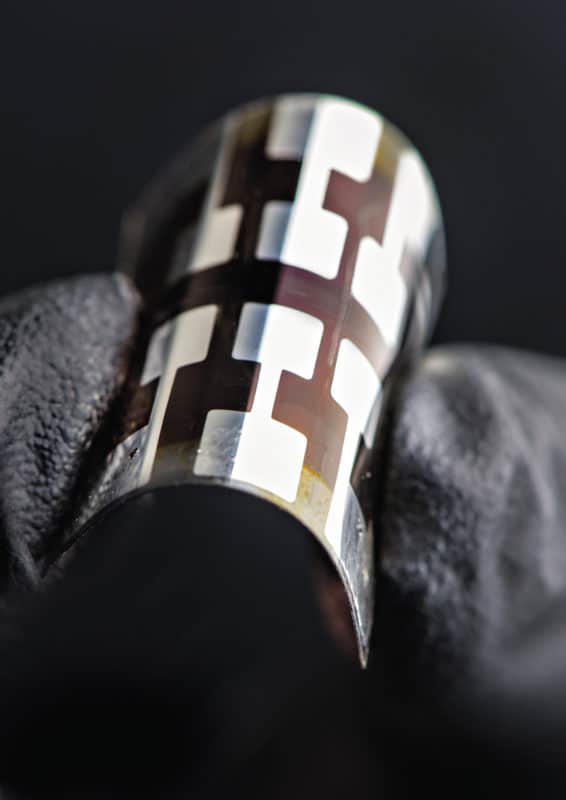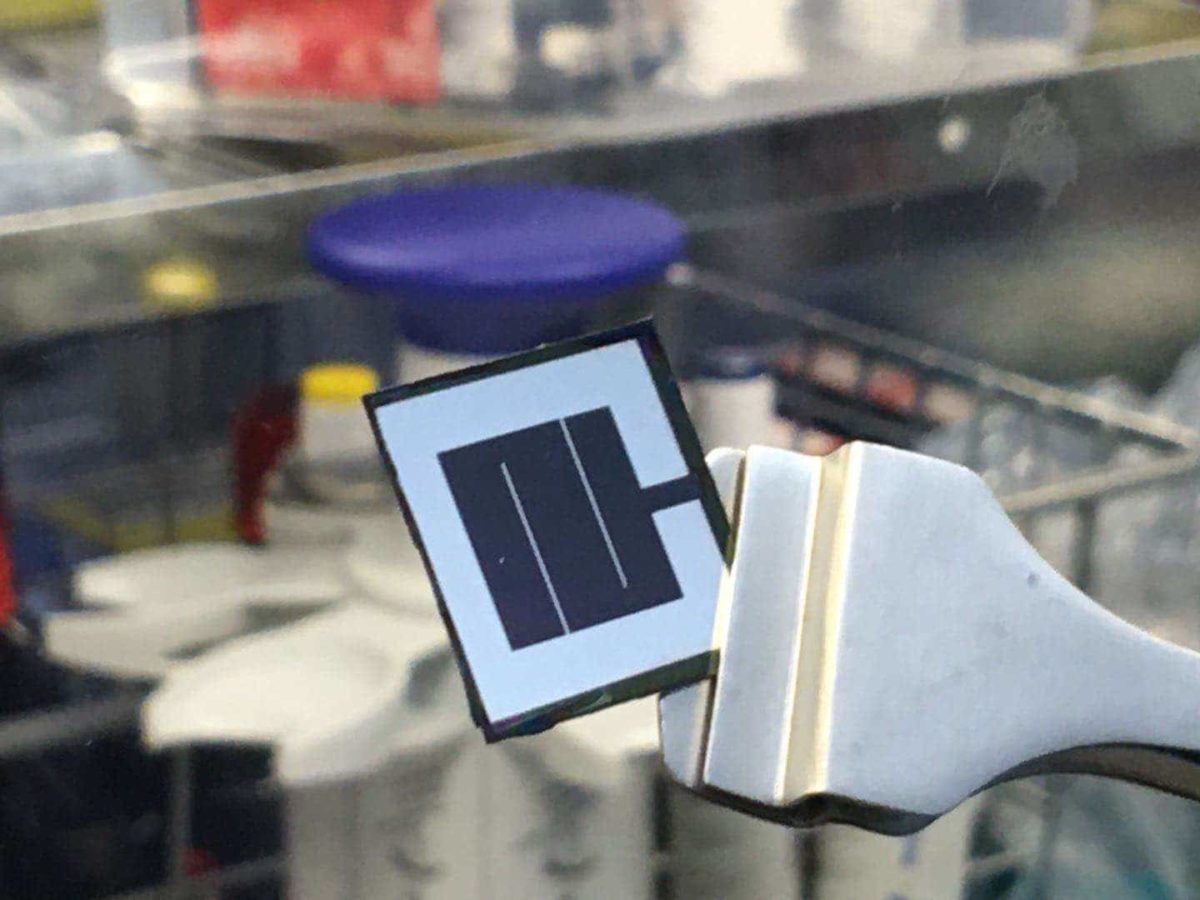From pv magazine 12/2020
High-efficiency EU cell production
Large-scale production of high-efficiency PV cells is coming back to Europe. PV production equipment-cum-heterojunction (HJT) cell and module maker Meyer Burger took major strides toward the goal in 2020, raising the required funds for a 400 MW cell and module line. It is currently producing the required production tools at its Hohenstein-Ernstthal site in Germany, while preparing its former SolarWorld production sites in Freiberg and former Sovello cell fab in Bitterfeld-Wolfen, Germany. And it is currently assembling the team to make it happen.
“The project is now being executed and so far, so good,” says Gunter Erfurt, the Meyer Burger CEO and the driving force behind the company’s pivot to manufacturing. Erfurt says that the company’s manufacturing will plug into Europe’s vibrant solar R&D institutes helping transfer fundamental breakthroughs on the cell and module level into large-scale production, while allowing the Switzerland-based company to achieve competitiveness when confronted with the vast scale of the Chinese solar manufacturers.
EU innovation hub
“There is real innovation coming from European [solar] laboratories and the industry,” said Erfurt. “But at the time being, there is no industry-political follow up incentivization to bring these R&D results to a factory in Europe. Our project is putting this back on the radar of politicians. So, I believe we have to enforce and emphasize the relationships with the institutes even more, and strong ties have to be there.”
Meyer Burger extended, by three years, its long-running R&D contracts with Switzerland’s CSEM in October. And Erfurt says that the company has ongoing relationships with INES in France, Germany’s Fraunhofer ISE, “and the rest of European R&D ecosystem,” on projects both publicly announced and being carried out behind closed doors.
“In the EU and its member states, and even at the regional level, the support for innovation projects is very well organized … there is hundreds of millions spent on renewable energy research and for PV research and this is good and has resulted in such great performance,” says Erfurt. And with results such as the 25.4% HJT on a standard wafer being achieved by Meyer Burger and CSEM in mid-2020, the company is compiling hard data to back up the narrative.
By Jonathan Gifford
Perovskites: if and when

Image: Dennis Schroeder/ NREL
Perovskite solar cells continued down their path to commercialization this year, and have begun to generate plenty of interest among equipment suppliers and other industry players. For major module manufacturers, the technology is still a footnote on the R&D roadmap. But growing confidence surrounding the material’s stability in mass production has certainly been enough to hold the solar industry’s interest.
The first production lines for perovskite-silicon tandem cells are still set to ramp up over the course of next year, and plenty will be watching this with interest. For those working to commercialize perovskite technology, the rapid increase in power ratings still playing out among silicon PV manufacturers could be a bit of a worry.
And longer term, perovskite-silicon tandem is increasingly seen as “the future of PV,” although there is much disagreement over when this future will become the present. The boldest predictions forecast gigawatts of production capacity to come online over the next two years, while the most skeptical expect no significant market impact from perovskites for the next five years at least.
On the research side, advancements in stability have continued and next year should see the first tandem modules available for testing against the minimum industry standards. Among scientists there is growing interest in “all perovskite” tandem cells, following the development of a mixed lead-tin perovskite that shows strong potential as the top cell sitting on top of the more established methylammonium lead-iodide.
Growing acceptance of perovskites among the PV community was underlined this September at the virtual EU PVSEC conference, when Oxford University physicist Henry Snaith, who has led much of the research into the material class, was awarded the Becquerel Prize for contributions to the field of photovoltaics.
By Mark Hutchins
Watch out for the next two 2020 solar PV trends tomorrow.
Read PV trends of 2020: Part 1
Read PV trends of 2020: Part 2
Read PV trends of 2020: Part 3
This content is protected by copyright and may not be reused. If you want to cooperate with us and would like to reuse some of our content, please contact: editors@pv-magazine.com.



By submitting this form you agree to pv magazine using your data for the purposes of publishing your comment.
Your personal data will only be disclosed or otherwise transmitted to third parties for the purposes of spam filtering or if this is necessary for technical maintenance of the website. Any other transfer to third parties will not take place unless this is justified on the basis of applicable data protection regulations or if pv magazine is legally obliged to do so.
You may revoke this consent at any time with effect for the future, in which case your personal data will be deleted immediately. Otherwise, your data will be deleted if pv magazine has processed your request or the purpose of data storage is fulfilled.
Further information on data privacy can be found in our Data Protection Policy.